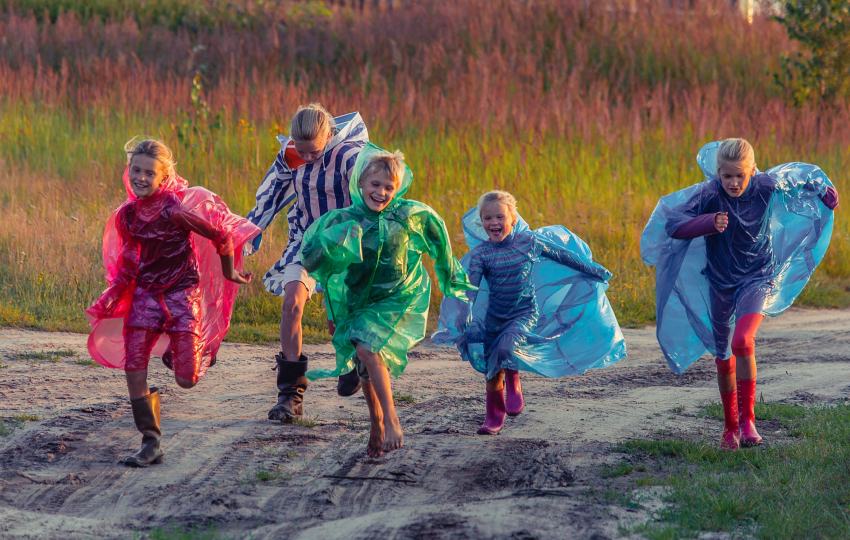Young people are the future of this world. Investing in their skills development through technical, vocational education, and training is essential to prepare them for the future. Vocational Education and Training (VET) are some of the organizations in Europe tasked with training the European youth to avoid a skills gap by 2030.
Educating and training our youth is essential, but protecting and safeguarding our children during the process is even more critical.
Children safeguarding vs protection
These two terms are closely related, but they are not the same. Safeguarding is about the preventative measures organizations can take to protect young people from harm’s way. Relative examples are abuse, neglect, and exploitation. On the other hand, child protection happens in the unfortunate event that a child has experienced harm in any of the above forms. What child protection does is to help those children cope with their trauma.
Thankfully, cases of abuse in a learning environment are not that common, but it doesn’t mean that they are non-existent. To eliminate instances of abusive behavior in training, organizations need to be proactive to deal with this despicable phenomenon.
What is children safeguarding in training?
Safeguarding in training means having a set of policies, procedures, and practices to prevent children’s harm, abuse, and distress during the learning process. In essence, the focus is on preventative actions to ensure that no children will be subjected to any unintentional or deliberate harm.
All children should have a healthy learning environment away from abusive and harmful behavior. For this reason, organizations need to be up to date with all the best practices in safeguarding and staff training. These are the first vital steps to make sure that children can have the care they need and grow up in a safe environment to the best chances in their lives.
How VET SQUARED project helps with children safeguarding in traininng
An increasing number of organizations across the EU, like schools and VET centers, work with children daily. The VET SQUARED (VET^2) project aims to protect VET learners who engage in VET mobility across Europe by focusing on the procedures and training of VET staff in children safeguarding.
The main project objectives are:
- To implement the safeguarding best practices amongst VET mobility organisations on a wider, pan-European scale.
- To develop a holistic, European strategy for effective safeguarding and promotion of quality mobility of VET learners under the age of 18.
- To lay the foundations for the implementation and uptake of a single European VET Mobility Safeguarding Policy at a higher/systemic level.
- To raise awareness of the importance and ongoing need for safeguarding awareness and review within mobility activities.
- To cultivate a European VET Mobility safeguarding focused network through which VET mobility staff and coordinators from both host and receiving organisations can share and exchange resources, knowledge and good practices.
Conclusion
The difference between safeguarding and protection is that the first focuses on preventing measures rather than “curing” a bad situation. The exposure of children to harm is most of the time irreparable, with severe consequences to children’s psychology.
Therefore, preparing the younger generation for the future, we must not only focus on teaching them the skills they will need. Still, we also need to safeguard their emotional stability, which is affected by abusive behavior.

